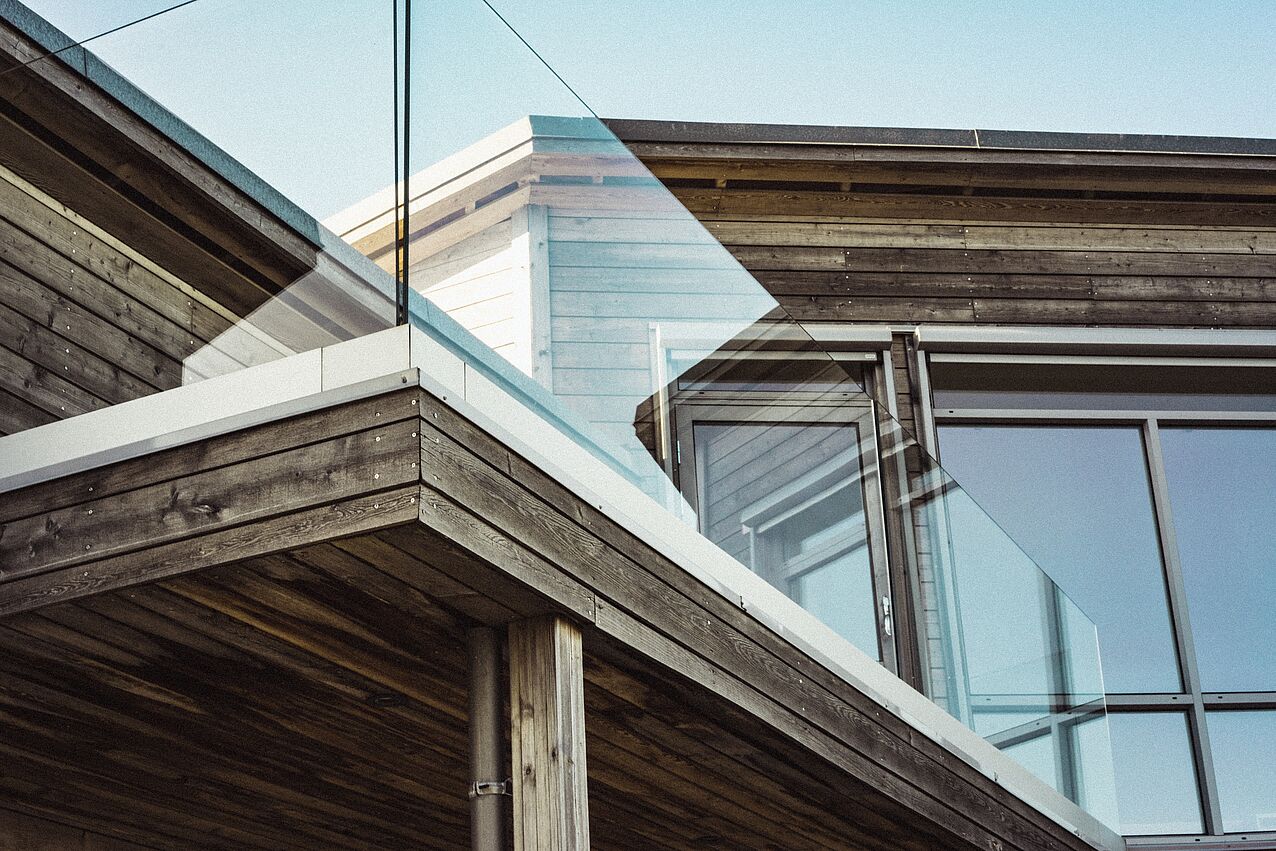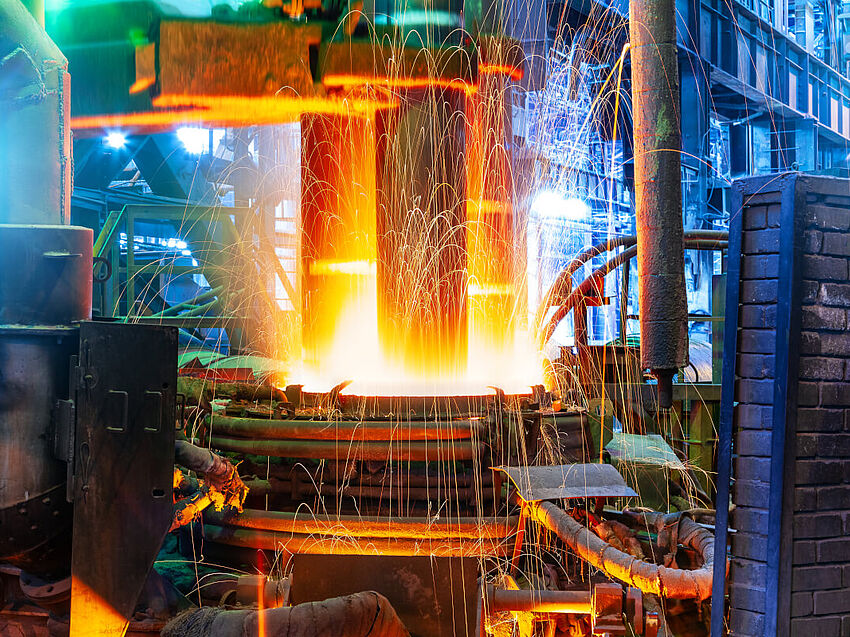"Wood is style." This quote from Matthias Horx, one of Germany's best-known future and trend researchers, shows that wood has changed its image: from the unloved building material of the 20th century to the high-tech building material of the new millennium. Find out more about the innovative possible applications of wood in urban areas as well as two exciting timber construction projects in major European cities in this article.
A Streaky History
Wood as a building material was a defining element of the urban landscape into the late 19th century. However, the living space in major cities became scarce with increasing industrialization. Architects and engineers began to work primarily with the materials of glass, steel and concrete as part of new construction, which were considered modern, solid and functional.
As late as the mid-1990s, no one expected that wood would once again find widespread use in urban housing construction. It was possible to increase the safety of wood in buildings on the one hand through new types of fire protection devices, such as fire doors or fire-retardant paints. On the other hand, a new environmental awareness emerged at the start of the 21st century, which again put the focus on environmentally-friendly building materials. The old 'new' material of wood is allowing architects and engineers these days to achieve a sustainable construction method in a modern language of forms that has “style.”
The high-tech building material of wood
Wood is not only a particularly environmentally-friendly building material. From a structural point of view, the natural material offers numerous advantages, including
- it is lighter than steel with the same load-bearing capacity,
- it has the same compressive strength as concrete,
- it achieves a high thermal insulation,
- it creates a pleasant living environment.
"Modern high-tech wood" consists of layers of glued wooden panels and can easily be enriched with metals such as iron oxide particles, which ensures greater stability and an improved fire protection. In urban design, it is currently often combined with reinforced concrete, glass, bricks or plaster: whether as an elegant facade solution, for recompacting existing architecture or as a base material for modular construction.

Modular construction with wood: precise, low priced, fast
The modular construction method in particular developed from the prefabricated houses in the 1960s and 1970s. The problems of the time, such as a lack of sound insulation, fire protection and service life, have largely been solved. These days, modular timber construction allows for the construction of ultra-modern and customized private and commercial real estatein line with the modular principle. The individual modules can be assembled on the building site in a short time, which greatly reduces the noise and dust pollution for residents in urban areas. This makes it an attractive model for urban timber construction.
Living space expanded upwards
More and more people are flowing into cities, making living space more scarce and more expensive. However, many old buildings can bear one to two additional stories in wooden lightweight design, since the low weight of the material does not impair the statics of the entire building. Living space can thus be sustainably compacted.
But not only that: In some major European cities, such as Berlin and London, ultra-modern multi-story wooden buildings have already been created or are being planned. The upper limit is far from exhausted. We will present two of these projects to you in the following.
Newton project in Berlin-Adlershof – fine design in the KfW 40 Plus-Standard
In May 2017, the Newton project on the Berlin Campus Adlershof celebrated its roofing ceremony. The three residential buildings with a total of 43 climate-neutral housing units were planned by a building group, which collaborates with the architectural firm Deimel Oelschläger Architekten Partnerschaft and two other architectural firms. Not only is the facade designed of wood, but also the insulation, more precisely put it is made from environmentally friendly materials of cellulose and wood soft fibers.

"Timber Tower" in London – a 300-meter residential tower made from wood
The Timber Tower is still in the planning phase and it is to be built in the Whitechapel district of London. The 80-story building at a height of 300 meters will be surrounded by an oak structure. This would make it the second largest building in the British capital and would make a lasting change on the urban landscape.
The biggest hurdle: the strict building requirements for wooden buildings
Integrating wood into the urban living space even more requires less stringent building requirements. In Switzerland, architects and engineers have already been able to build multi-story wooden structures up to the high-rise limit without additional requirements since 2015. It remains to be seen how the natural material will change urban design in Germany and in the world. Policy and society will play a crucial role here.




